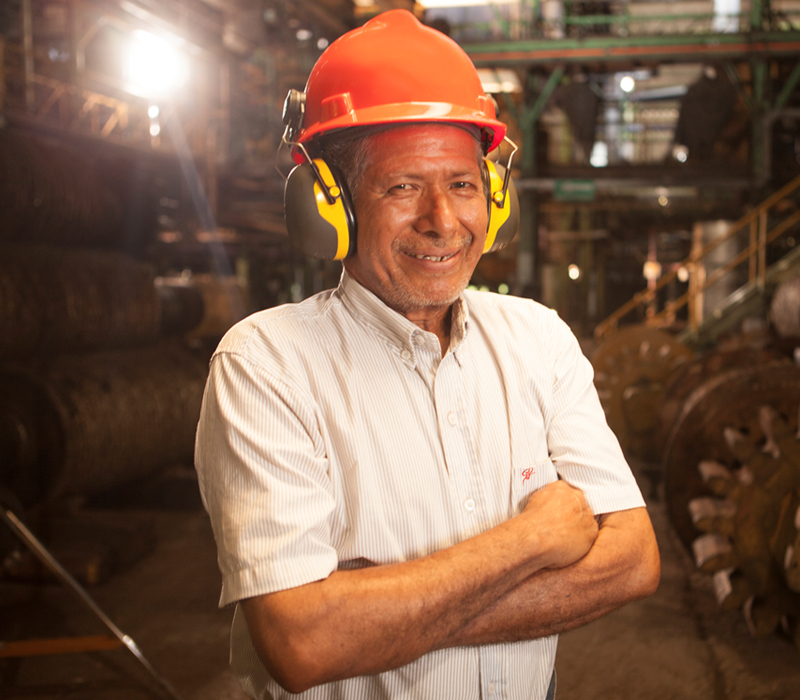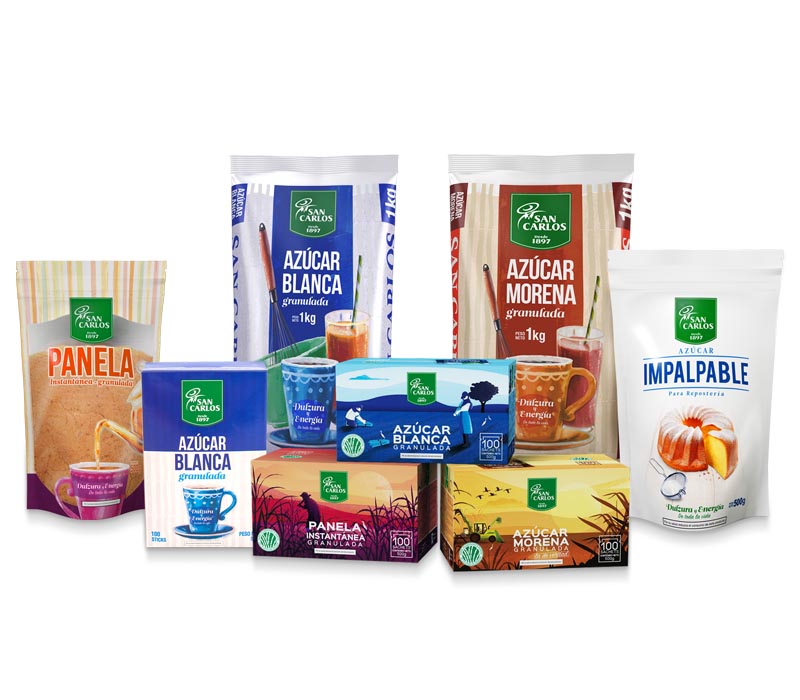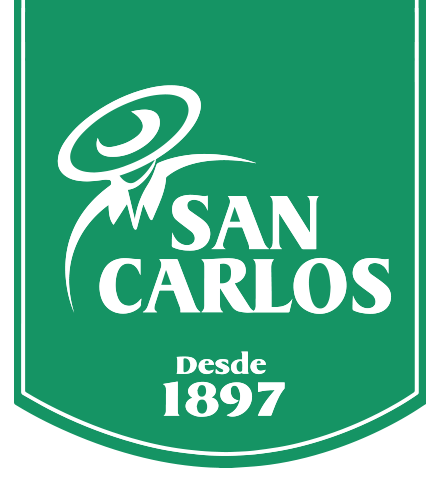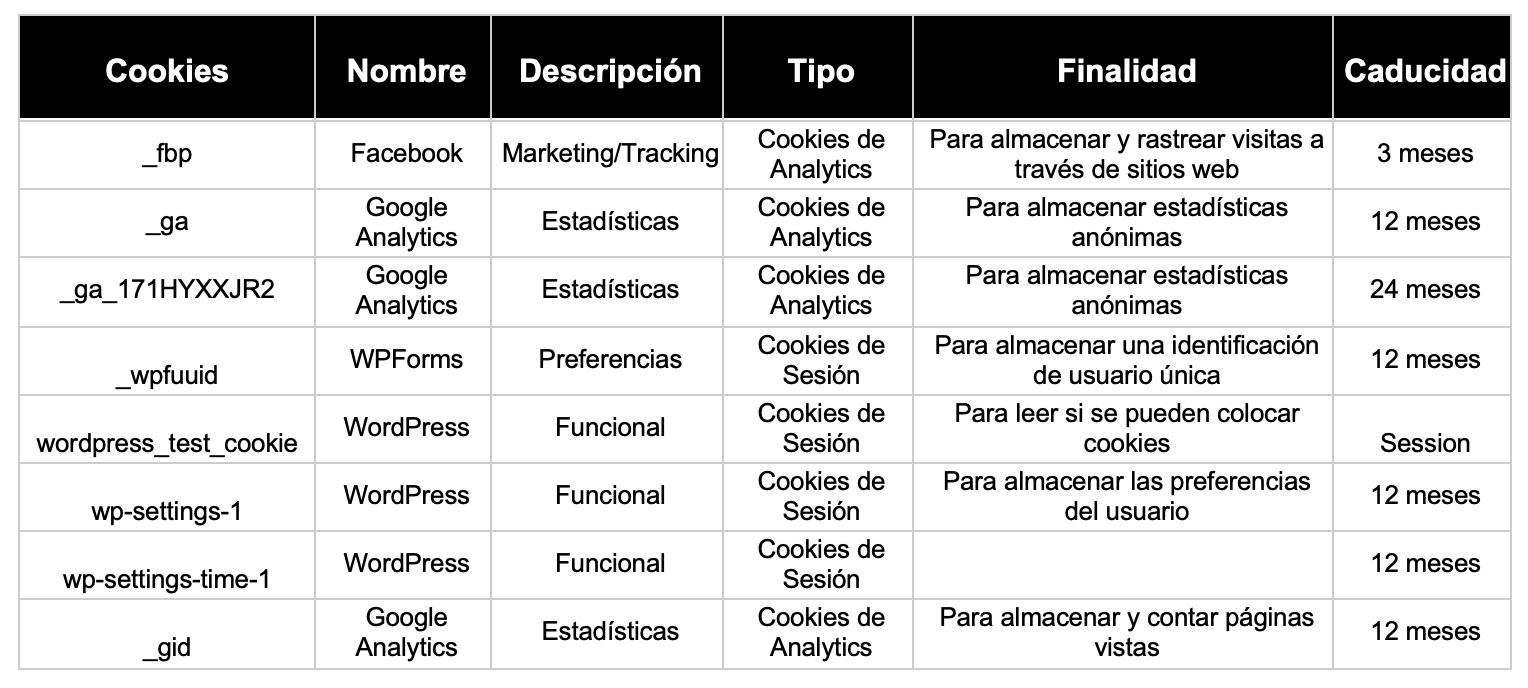Las cookies y tecnologías de almacenamiento son dispositivos que se instalan en el ordenador de los usuarios de sitios web, aplicativos y dominios.
Las cookies son ficheros que se almacenan en el ordenador del usuario que navega a través de Internet y que, en particular, contiene un número que permite identificar inequívocamente el ordenador del usuario, aunque éste cambie de localización o de dirección IP.
Las cookies son instaladas durante la navegación por Internet o el uso de aplicativos, bien por los sitios web que visita el usuario o bien por terceros con los que se relaciona el sitio web, y permiten a éste conocer su actividad en el mismo sitio o en otros con los que se relaciona éste, por ejemplo: el lugar desde el que accede, el tiempo de conexión, el dispositivo desde el que accede (fijo o móvil), el sistema operativo y navegador utilizados, las páginas más visitadas, el número de clicks realizados y de datos respecto al comportamiento del usuario en Internet.
Algunas funcionalidades del sitio web y aplicativos puede ser accesibles sin necesidad de que las cookies estén activadas, si bien, su desactivación puede impedir el correcto funcionamiento de este.
Las cookies y dispositivos de almacenamiento y recuperación de datos no dañan tus dispositivos.
Los tipos de cookies que utilizamos se enumeran a continuación. Dependerá de su elección qué tipo de cookies y dispositivos de almacenamiento y/o recuperación de datos colocamos.
Cookies técnicas
Cookies que permiten al usuario la navegación, utilización de los servicios, opciones de los sitios web y aplicativos. Este tipo de cookies permiten su gestión, operación y habilitan sus funciones.
Cookies de preferencias o personalización
Cookies que permiten recordar información para que el usuario acceda servicios con determinadas características que puedan diferenciar su experiencia de la de otros usuarios.
Cookies de análisis o de medición
Cookies que permiten a SOCIEDAD AGRÍCOLA E INDUSTRIAL SAN CARLOS S.A. o a terceros realizar seguimiento y análisis sobre el comportamiento de los usuarios.
Cookies de sesión
Cookies diseñadas para recopilar y almacenar datos para el acceso de los usuarios a sitios web o aplicativos de SOCIEDAD AGRÍCOLA E INDUSTRIAL SAN CARLOS S.A.
En el panel de configuración de cookies accesible en todo momento en nuestra página web podrás obtener toda la información sobre las cookies utilizadas por SOCIEDAD AGRÍCOLA E INDUSTRIAL SAN CARLOS S.A. junto con la información sobre el propósito, duración y gestión (propia o por terceros) de cada una de ellas, para que puedas gestionar la activación y desactivación del uso de aquellas Cookies que no son estrictamente necesarias para el funcionamiento de sitios web y aplicativos.
Alternativamente, en caso de que estés navegando por internet, puedes deshabilitar en tu navegador el uso de cookies.
Esta posibilidad de evitar el uso de cookies puede ser llevada a cabo en cualquier momento.
Por favor, ten en cuenta que tanto tu gestión del panel de configuración de Cookies, como tu opción de rechazar las Cookies es específica para cada navegador que estés utilizando. Por lo tanto, si optas por configurar las Cookies de una forma en un dispositivo y deseas que tu opción se aplique de manera similar a otro dispositivo, deberás activar la misma opción para ese otro dispositivo.
La información almacenada en las cookies es utilizada exclusivamente por nosotros, a excepción de aquellas identificadas como “Cookies de terceros”, que son utilizadas y gestionadas por entidades externas para proporcionarnos servicios dirigidos a mejorar nuestros servicios y la experiencia del usuario.
Para obtener información más detallada sobre el tratamiento de tus datos personales en nuestra colaboración con terceros y aquellos sujetos a transferencias internacionales de datos, te recomendamos que leas nuestras políticas (“PO-AD-SI-001 Política de Ley de Protección de Datos Personales”).






